




Key Takeaways
- Engagement tools boost participation, collaboration, and motivation in learning.
- EdisonOS offers customizable workflows, analytics, and e-commerce integration.
- Consider integration, usability, scalability, and security when choosing tools.
While online classes provide flexibility, they often fall short of providing interactive and engaging experiences. The solution lies in leveraging advanced tools for student engagement that make learning dynamic, collaborative, and fun.
In this blog, we’ll explore the top 10 student engagement tools designed to increase participation and motivation in classrooms. These tools empower educators to create immersive learning experiences and cater to diverse learning styles.
What Are Student Engagement Tools?
Student engagement tools are platforms, apps, or software designed to foster interaction, collaboration, and motivation in educational environments. These tools cater to various needs such as collaborative assignments, gamified learning, and real-time feedback.
Why Are They Important?
- Enhanced Learning Outcomes Engaged students are more likely to retain information and perform better in assessments.
- Interactive Classrooms These tools make learning interactive, reducing the monotony of traditional methods.
- Adaptability to Modern Needs With students increasingly relying on digital mediums, these tools offer a way to meet them where they are.
Benefits of Using Student Engagement Tools
- Improved Participation Encourages even shy students to actively contribute through polls, chats, and collaborative projects.
- Time Efficiency Save educators time by automating tasks such as assessments and progress tracking.
- Data-Driven Insights Tools provide analytics to track student progress and adapt teaching strategies accordingly.
With these benefits in mind, let’s dive into the best student engagement tools available today.
Top 10 Student Engagement Tools in 2025
After thoroughly reviewing and testing multiple platforms, we’ve curated this list of the top 10 student engagement tools. Each tool has been evaluated for its features, usability, pricing, and ability to drive meaningful student participation and motivation.
Here is the list of Top 10 Student Engagement tools
1. EdisonOS
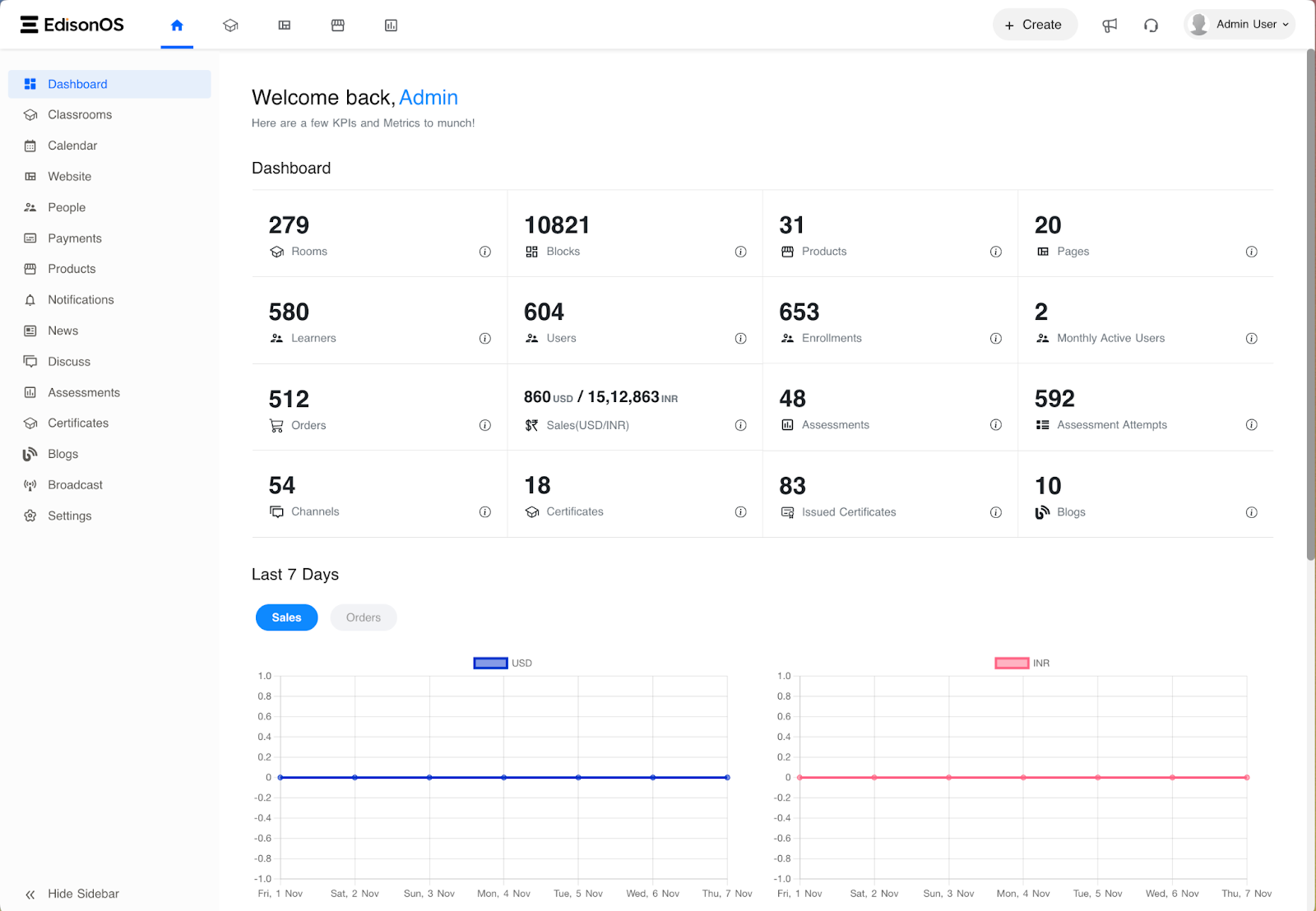
EdisonOS is a comprehensive platform tailored for educators to create immersive and interactive learning environments. It empowers teachers to build online courses, sell mock tests, and manage live classes seamlessly. EdisonOS goes beyond traditional learning management systems by providing gamified learning experiences, real-time analytics, and robust community-building features that ensure every student feels connected and motivated.
Features
- Interactive Content Creation Develop quizzes, gamified assessments, and engaging lessons tailored to individual learning needs.
- Analytics Dashboard Monitor student progress with real-time data insights, allowing educators to adapt strategies on the go.
- Community Building Foster collaboration through discussion forums, chat rooms, and group projects, creating a sense of belonging among students.
- Integrated E-Commerce Sell courses, manage subscriptions, and handle transactions directly from the platform, making it an all-in-one solution for educators.
- Customizable Workflows Automate routine tasks like attendance tracking and session reminders to focus on teaching.
Pros
- User-friendly interface with minimal learning curve.
- Scalable for institutions of all sizes, from individual educators to large universities.
- Comprehensive suite of tools for content creation, analytics, and community engagement.
- Excellent customer support and frequent updates.
Cons
- Advanced features may require a brief learning period for first-time users.
Ratings
4.8/5
Pricing
Starts at $159/month. View Pricing Page
2. AudioNote
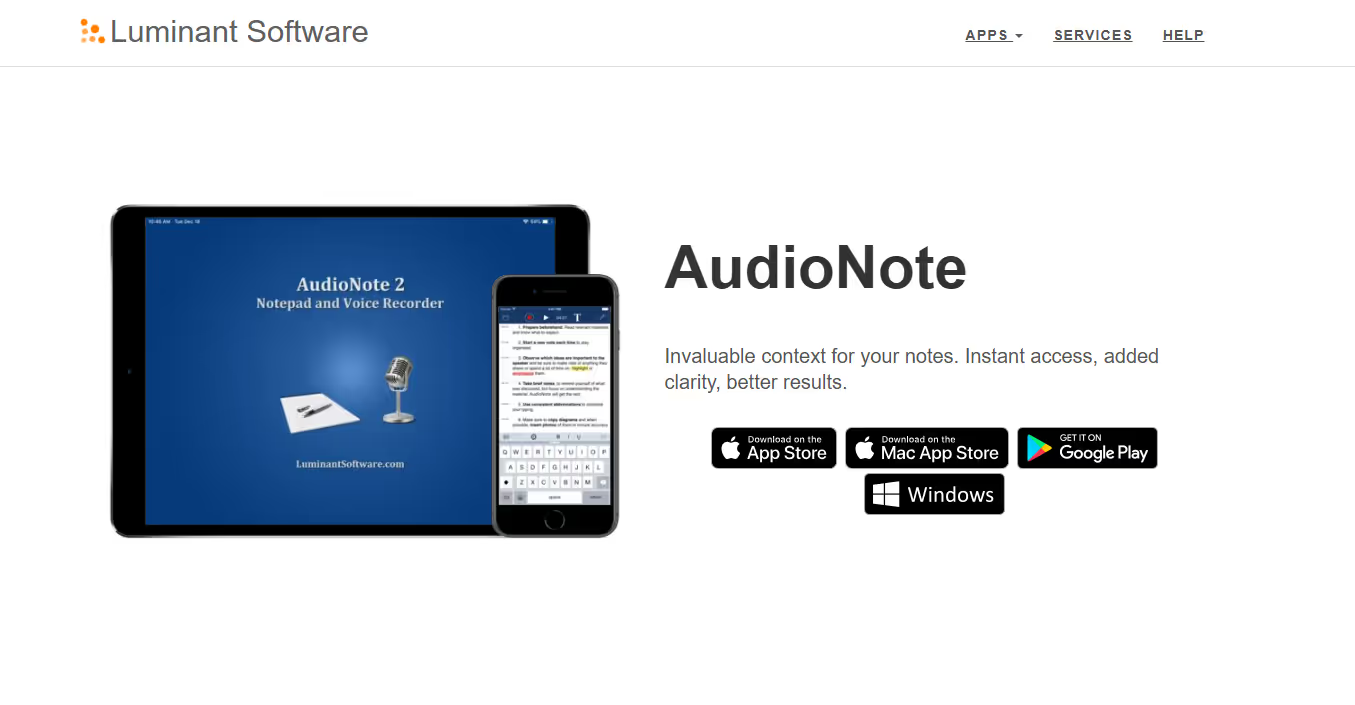
AudioNote combines a notepad and voice recorder, allowing students to link written notes with recorded audio for better retention. This dual functionality is ideal for lecture-heavy courses or meetings, providing an efficient way to capture and review key points.
Features
- Synchronizes notes with audio recordings, making it easy to revisit important sections.
- Timestamps and links notes to specific points in the recording for precise navigation.
- Supports PowerPoint slide integration for enhanced utility during presentations.
Pros
- Simplifies revision by connecting audio and written notes.
- Ideal for students who prefer auditory learning or need detailed lecture reviews.
Cons
- Limited collaboration features, making it less suitable for group projects.
Ratings
4.4/5 on G2
Pricing
Free with premium upgrades.
3. AnswerGarden
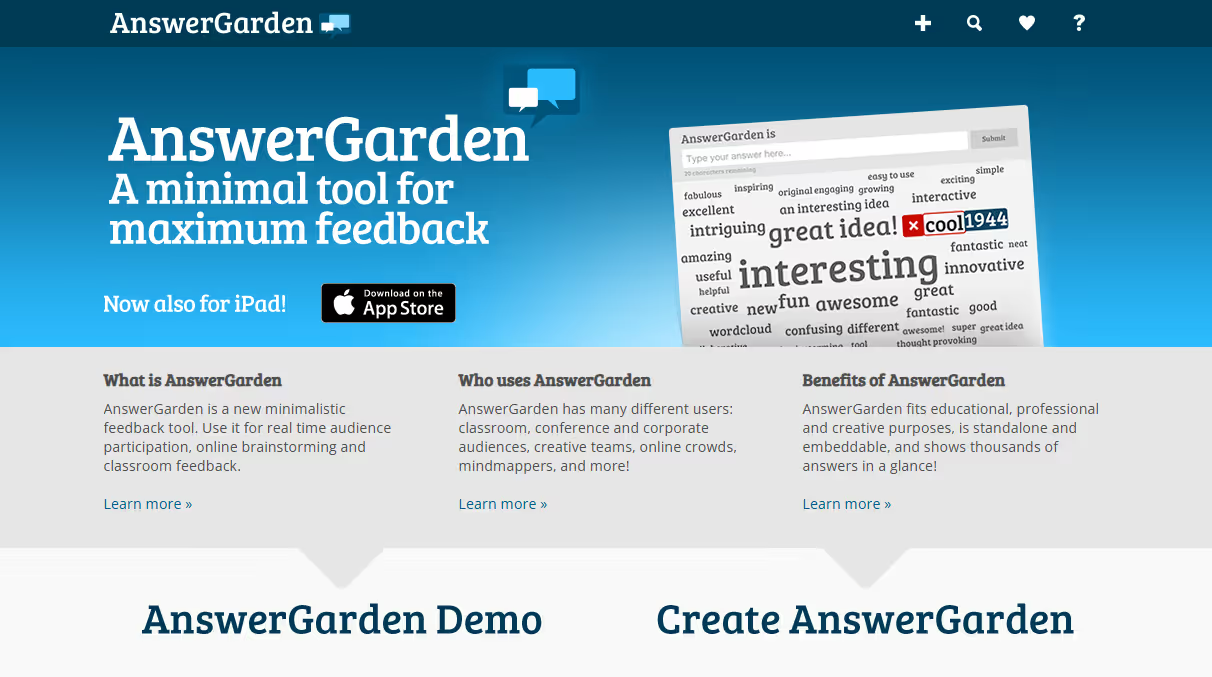
AnswerGarden is a simple yet powerful feedback tool designed for brainstorming and classroom discussions. It creates visually engaging word clouds based on participant responses, making it ideal for quick idea generation and collaborative thinking.
Features
- Real-time feedback collection with instant visualization.
- Word cloud representation highlights frequently used terms.
- No registration required, ensuring seamless participation.
Pros
- Encourages creativity and group collaboration.
- Easy setup and intuitive interface.
Cons
- Limited functionality beyond brainstorming sessions.
Ratings
4.2/5 on G2
Pricing
Free
4. Flipgrid

Flipgrid transforms classroom discussions into interactive video-based conversations. By allowing students to share their thoughts through short video clips, it fosters creativity and inclusivity, especially for those who may be hesitant to speak in traditional settings.
Features
- Record and share video responses on various discussion topics.
- Integrates seamlessly with project-based learning (PBL) and flipped classroom methodologies.
- Allows students to participate at their own pace, promoting inclusivity.
Pros
- Engages students through multimedia interaction.
- Free and accessible for educators and students worldwide.
Cons
- Requires consistent internet access for optimal use.
Ratings
4.7/5 on G2
Pricing
Free
5. Buncee
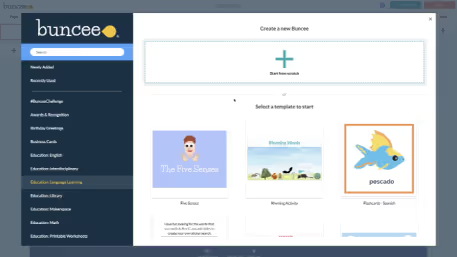
Buncee enables students and educators to create interactive multimedia presentations, making learning more engaging and visually appealing. From integrating images and videos to adding custom animations, Buncee provides endless possibilities for creative expression.
Features
- Drag-and-drop editor for creating stunning presentations.
- Multilingual support to cater to global classrooms.
- Seamless integration with platforms like Google Drive and Microsoft Teams.
Pros
- Promotes creativity and self-expression.
- Easy-to-use interface suitable for all age groups.
Cons
- Free version has limited features compared to premium plans.
Ratings
4.5/5 on G2
Pricing
Free with premium plans.
6. Edulastic
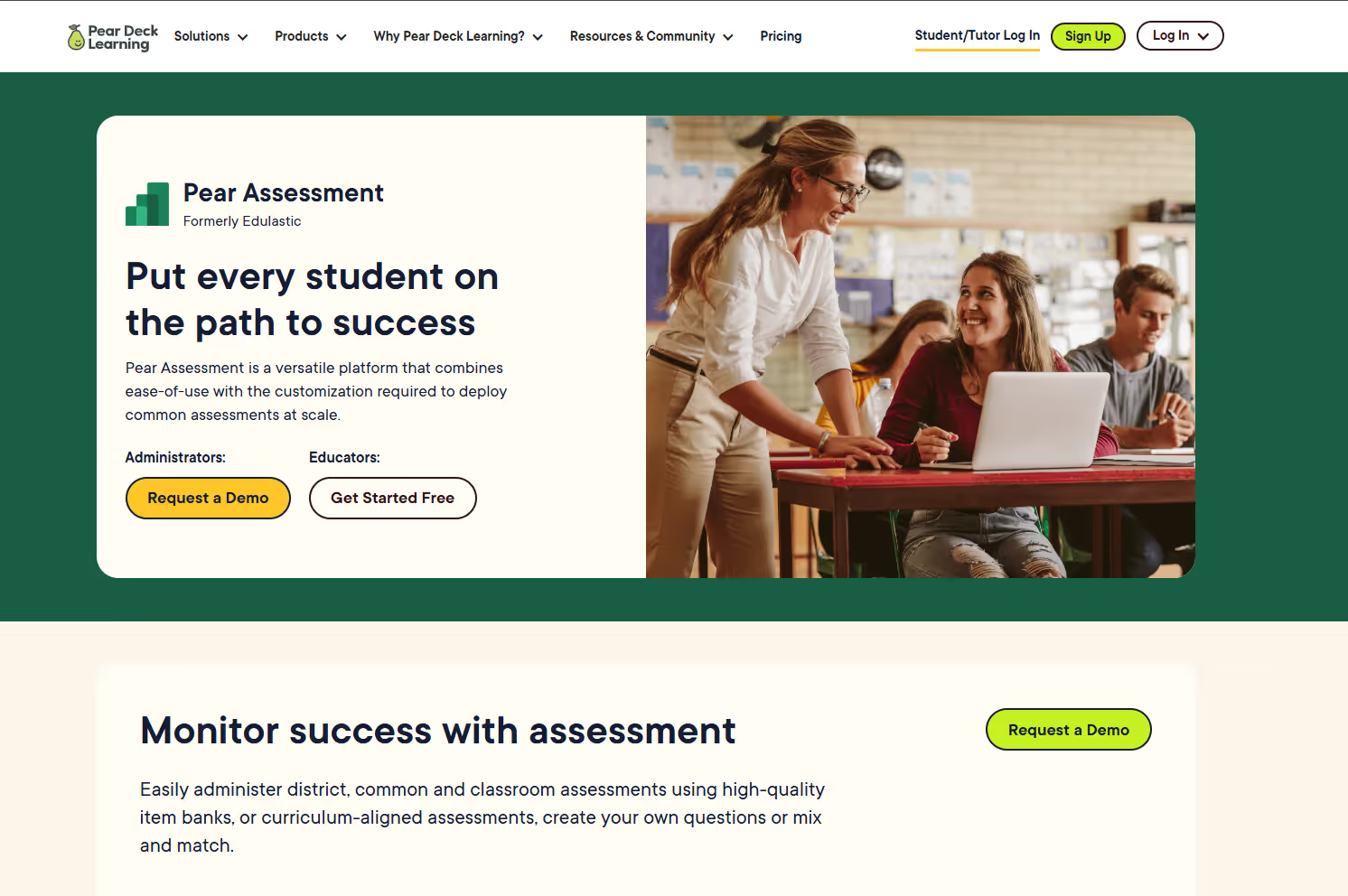
Edulastic provides a robust platform for creating and managing assessments that align with Common Core standards. It offers detailed insights into student performance, enabling educators to personalize instruction and ensure academic growth.
Features
- Extensive library of pre-made assessment templates.
- Real-time analytics to track individual and class performance.
- Automatic grading to save time and reduce errors.
Pros
- Simplifies the assessment process with automation.
- Helps educators identify and address learning gaps effectively.
Cons
- Advanced features are locked behind a paywall.
Ratings
4.6/5 on G2
Pricing
Free with premium options.
7. QuizStar

QuizStar streamlines the process of creating and distributing quizzes for classrooms, offering robust reporting tools to track performance. Its simplicity makes it a favorite among educators seeking straightforward assessment solutions.
Features
- Create, assign, and grade quizzes automatically.
- Repository of student-created quizzes for broader engagement.
Pros
- Straightforward and intuitive interface.
- Free for educators and students.
Cons
- Limited customization options for quizzes.
Ratings
4.2/5 on G2
Pricing
Free
8. Coggle
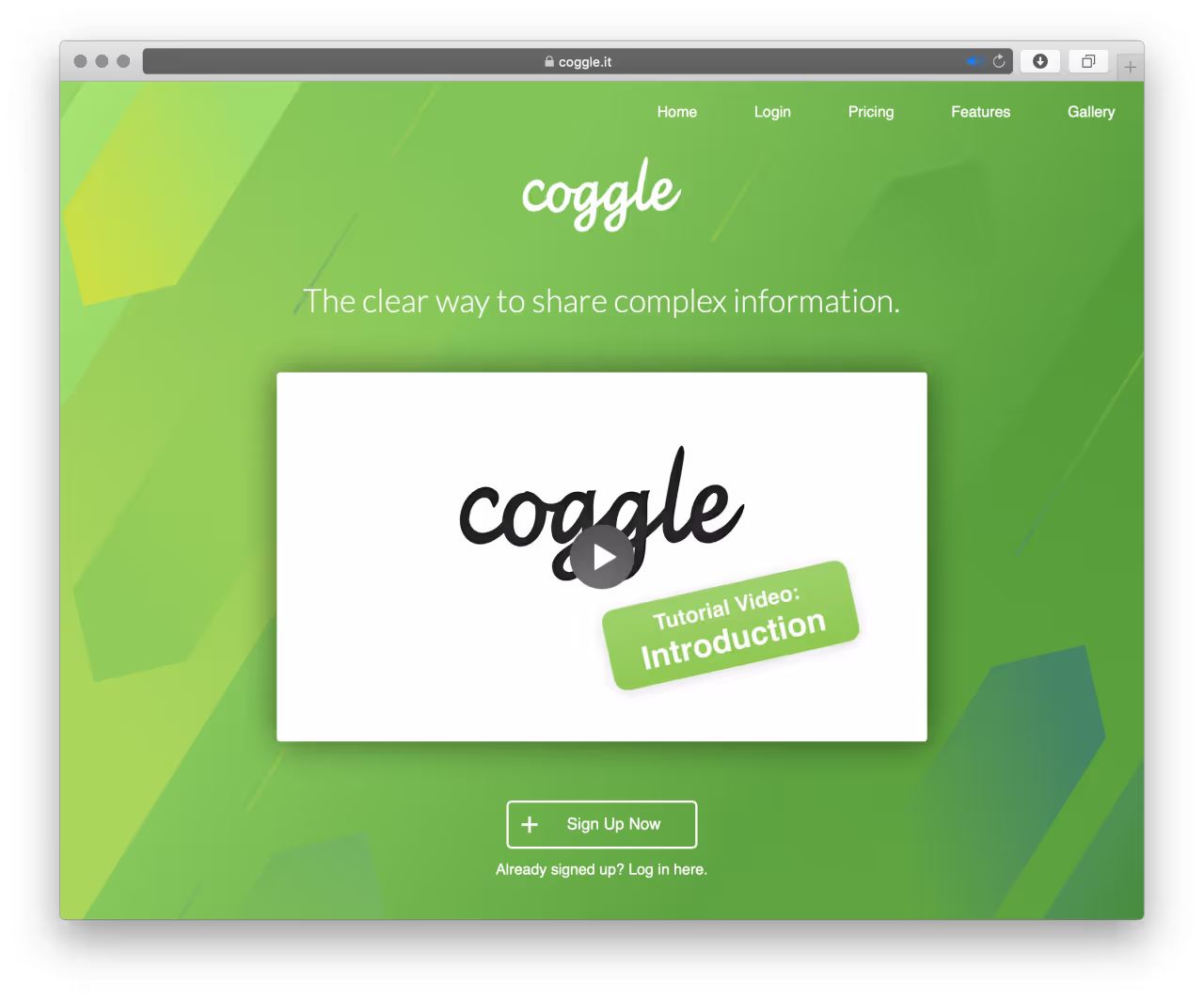
Coggle excels at visualizing ideas through mind maps, making it an excellent tool for brainstorming, planning, and studying. Its collaborative features allow multiple users to contribute in real time.
Features
- Intuitive mind-mapping tools for organizing ideas.
- Offline access for uninterrupted usage.
- Collaborative editing for group projects.
Pros
- Encourages creative thinking and problem-solving.
- Free version available with ample features.
Cons
- Requires internet connectivity for collaborative sessions.
Ratings
4.3/5 on G2
Pricing
Free with premium options.
9. Piazza
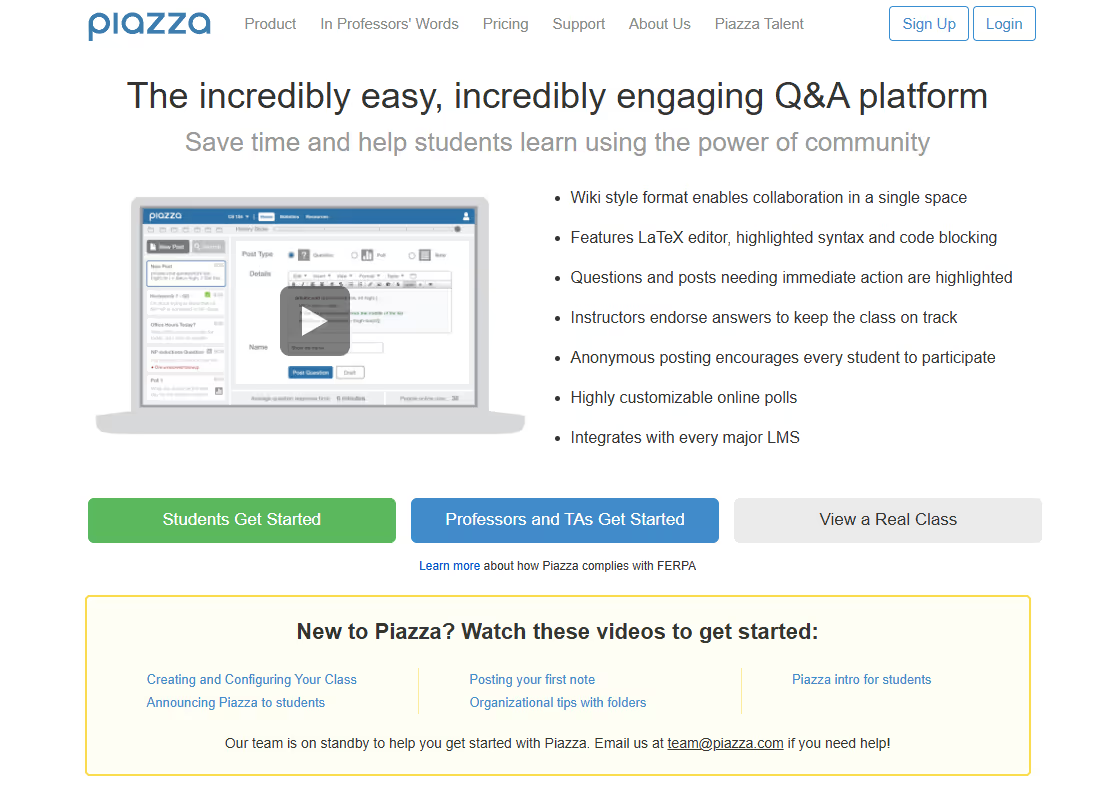
Piazza is a Q&A platform designed to enhance classroom communication and peer learning. It centralizes discussions, making it easy for students and instructors to interact and resolve queries collaboratively.
Features
- Real-time question-answering platform.
- Anonymous posting to encourage open participation.
Pros
- Builds a collaborative learning environment.
- Free for students and educators.
Cons
- Basic user interface with minimal design enhancements.
Ratings
4.5/5 on G2
Pricing
Free
10. Visme

Visme empowers users to create visually stunning content, from presentations to infographics, that captures attention and enhances learning. It’s a versatile tool for educators, marketers, and students alike.
Features
- Pre-designed templates for various use cases.
- Animation tools for creating dynamic visuals.
- Customizable graphs and charts to present data effectively.
Pros
- Extensive customization options for professional-grade visuals.
- Free plan available for basic needs.
Cons
- Advanced features may overwhelm beginners initially.
Ratings
4.6/5 on G2
Pricing
Starts at $4/month.
Important Things to Remember When Choosing Student Engagement Tools
Selecting the right student engagement tool requires careful evaluation of several key factors. Here are the most critical aspects to consider
1. Integration Capabilities
- Ensure the tool integrates seamlessly with your existing Learning Management System (LMS), grading software, or collaboration platforms. This ensures a smooth workflow and avoids technical disruptions.
2. User-Friendliness
- A simple and intuitive interface is essential for both educators and students. Complex tools may hinder adoption and reduce engagement.
- Look for tools with a minimal learning curve and clear onboarding resources.
3. Features and Customizability
- Identify your classroom needs and match them with the tool's features. For example
- Interactive Features Quizzes, polls, or multimedia presentations.
- Collaboration Tools Discussion forums, group workspaces.
- Gamification Elements Leaderboards, badges, or progress tracking.
- Opt for tools that offer flexibility in customization to meet specific educational goals.
4. Scalability
- Choose a tool that can grow with your needs. Whether you’re a single educator or part of a large institution, the platform should accommodate increasing users without compromising performance.
5. Data Security and Privacy
- Ensure the tool complies with data protection regulations like GDPR or FERPA. This is crucial when handling sensitive student data.
6. Pricing and Free Trials
- Evaluate the pricing model. Some tools offer free basic versions but charge for advanced features.
- Take advantage of free trials or freemium plans to test the tool before committing.
7. Customer Support and Training
- Reliable customer support can make a significant difference. Look for tools that offer 24/7 support, training resources, or community forums to address challenges quickly.
8. Performance Analytics
- Tools with built-in analytics enable you to track student participation and performance effectively. This helps in making data-driven decisions to improve teaching strategies.
Why Should You Choose EdisonOS as the Core for Your Student Engagement Tool?
EdisonOS stands out as the ultimate student engagement tool for educators and institutions aiming to revolutionize their digital learning environments. Here’s why it should be your go-to choice
1. All-in-One Solution
EdisonOS combines all the essential tools educators need to create engaging and effective learning experiences. From interactive content creation to community-building features, it eliminates the need for multiple platforms.
2. Customizable Workflows
Every classroom is unique, and EdisonOS recognizes that. Its customizable workflows allow educators to automate routine tasks like attendance tracking and session reminders, giving them more time to focus on teaching.
3. Data-Driven Insights
With its robust analytics dashboard, EdisonOS provides real-time insights into student progress and engagement levels. This data empowers educators to make informed decisions and tailor their teaching strategies for maximum impact.
4. Gamified Learning
Gamification is a proven way to boost student motivation, and EdisonOS excels in this area. By incorporating quizzes, leaderboards, and progress tracking, it keeps students engaged and eager to learn.
5. Scalability
Whether you’re an individual educator or part of a large institution, EdisonOS scales seamlessly to meet your needs. Its robust infrastructure ensures smooth performance even with a growing number of users.
6. E-Commerce Integration
Monetize your courses and educational content effortlessly with EdisonOS’s integrated e-commerce capabilities. From managing subscriptions to handling transactions, it streamlines the process, allowing you to focus on creating value.
7. Exceptional Support
EdisonOS offers reliable customer support and comprehensive training resources to ensure a smooth onboarding experience. Its team is always ready to assist with any challenges you may face.
By choosing EdisonOS, you’re not just adopting a tool; you’re investing in a platform that prioritizes innovation, engagement, and educational excellence.
Conclusion
Choosing the right student engagement tools can transform your classroom into a hub of creativity and interaction. From EdisonOS to Visme, these tools cater to a wide range of educational needs, ensuring every student stays motivated and engaged. Start your journey today with EdisonOS and experience the future of interactive learning.
FAQs
1. What are the best free student engagement tools?
Free tools like Flipgrid, Coggle, and QuizStar are highly effective for boosting classroom interaction. Flipgrid enables video discussions, Coggle supports collaborative mind-mapping, and QuizStar simplifies online quiz creation and grading—all without any cost.
2. How do I choose the right engagement tool for my students?
To choose the right tool, evaluate your classroom’s needs. Look for features like interactive content creation, real-time feedback, and integration capabilities with your existing LMS. Free trials offered by tools like EdisonOS allow you to test features and compatibility before committing.
3. What makes EdisonOS stand out among other student engagement tools?
EdisonOS is an all-in-one platform that combines gamified learning, customizable workflows, and robust analytics dashboards. It also offers e-commerce integration, making it ideal for educators looking to monetize courses while keeping students engaged and motivated.
4. Can student engagement tools improve academic performance?
Absolutely. Tools like EdisonOS and Flipgrid encourage active participation and collaboration, which helps students retain information better and develop critical thinking skills. These platforms also provide analytics to identify and address learning gaps effectively.
5. Are there any advanced tools for creating interactive content?
Yes, Visme and Buncee are two excellent tools. Visme allows you to design dynamic visuals like infographics and animations, while Buncee focuses on multimedia presentations with drag-and-drop functionality. Both tools enable educators to create visually engaging and interactive content.
Tutors Edge by EdisonOS
in our newsletter, curated to help tutors stay ahead!
Tutors Edge by EdisonOS
Get Exclusive test insights and updates in our newsletter, curated to help tutors stay ahead!
Recommended Reads
Recommended Podcasts

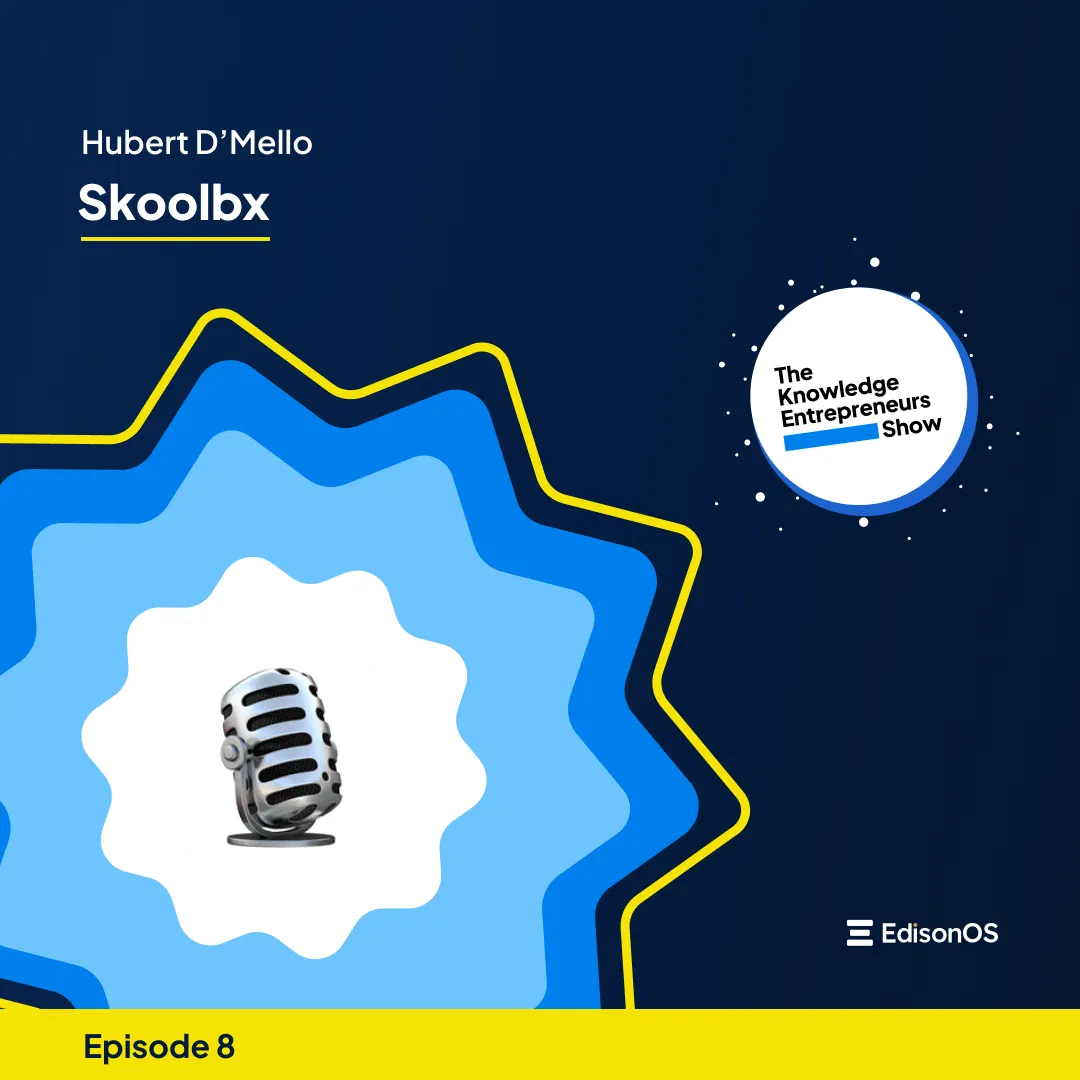





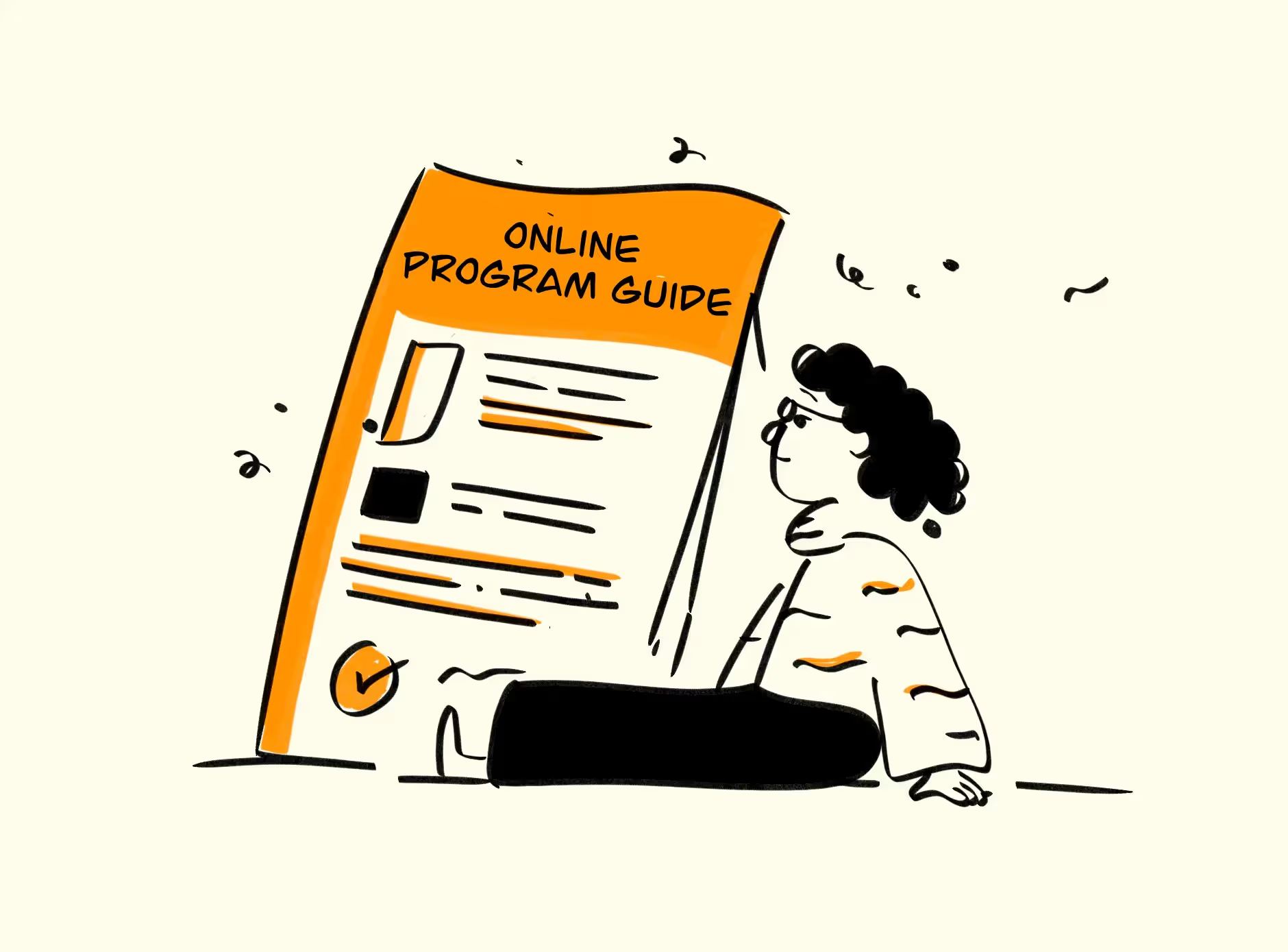



.png)
.webp)
